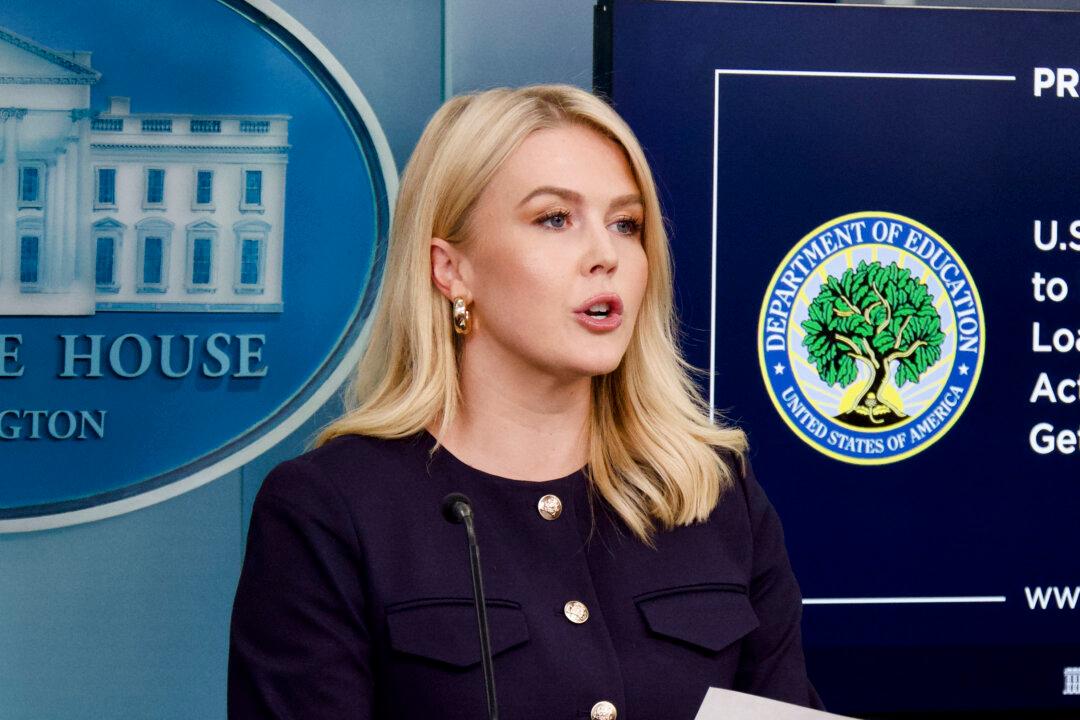Job openings declined sharply in December 2024 and fell short of market expectations, signaling further cooling in the labor market.
Economists had expected a reading of 8 million.
Overall, the number of employment opportunities fell by 1.3 million in 2024.
The December drop was concentrated in professional and business services (225,000), health care and social assistance (180,000), and finance and insurance (136,000).
There are now 1.1 jobs open for every job-seeking unemployed person.
More Americans submitted their resignation letters to finish the year. The number of job quits rose slightly, to 3.197 million from an upwardly revised 3.13 million in November 2024. However, it fell by 242,000 throughout 2024.
The quits rate—a measure of quits as a percentage of employment—was flat at 2 percent.
Economists monitor the quit rate, as it can indicate workers’ confidence in finding a new job and in the broader economy.
While layoffs have not been enormous, it is becoming harder for out-of-work individuals to find work.
The number of hires was flat at 5.5 million, though it was down by 325,000 over the year. Layoffs, meanwhile, were muted in December, sitting at 1.8 million.
“Business surveys point to stronger hiring intentions, but they haven’t showed up in hard data yet,” Bill Adams, chief economist for Comerica Bank, said in a note emailed to The Epoch Times.
Indeed, recent reports have revealed companies plan to boost their hiring efforts.
“Given these results, companies are clearly optimistic about their hiring outlook for 2025,” Dawn Fay, operational president of Robert Half, said in a statement. “To succeed in a competitive job market, employers must adopt proactive and strategic recruiting strategies to help them stand out and attract top talent.”
On the terminations side of the equation, U.S. employers announced 761,358 job cuts in 2024, up 5.5 percent from the previous year, according to global recruitment firm Challenger, Gray, and Christmas. Except for 2020, it was the highest total since 2009.
Employment expectations among job hunters have been mixed in early 2025.
All Eyes on January Jobs Data
The January jobs report will give the United States a glimpse of the labor market’s health later this week.The consensus forecast suggests 170,000 new jobs last month, with the unemployment rate unchanged at 4.1 percent.
Southern California wildfires may affect employment data like the October 2024 hurricanes and strikes did, said Mark Hamrick, senior economic analyst at Bankrate.
“The January employment report is likely to show a softer hiring picture than in December, given the possible impacts of devastating wildfires in Los Angeles,” Hamrick said in a statement to The Epoch Times.
“Given these unusual circumstances, there’s a heightened chance of a surprise in the January jobs data.”
Federal Reserve officials have recently shifted their focus from the maximum employment side of its dual mandate to price stability. In September 2024, the U.S. central bank cut interest rates by 50 basis points, the first reduction to the benchmark federal funds rate since the onset of the coronavirus pandemic. The monetary authorities followed through on two more quarter-point rate cuts. However, due to the revival of inflationary pressures, policymakers have signaled upside inflation risks, forcing the institution to hit the pause button on its easing cycle.
“It’s not overheated anymore. We don’t think we need it to cool off anymore. We do watch it extremely carefully,” Powell said. “The labor market does seem to be pretty stable and broadly in balance.”
The Federal Reserve projects the median unemployment rate in 2025, 2026, and 2027 to be 4.3 percent.







